In Search of Sheba. Across the Sahara to Ethiopia.
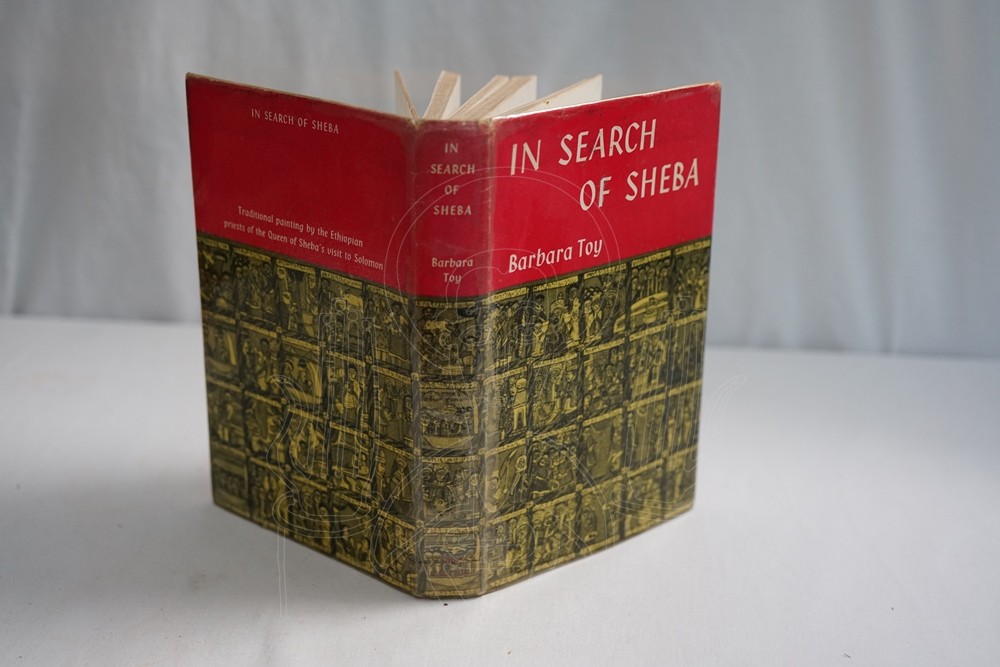

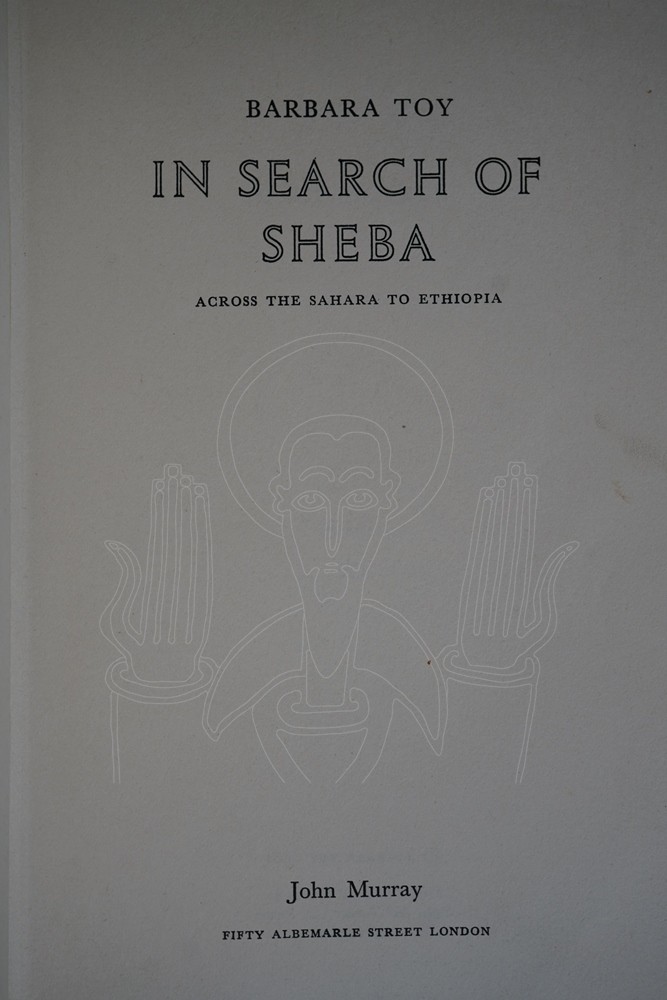

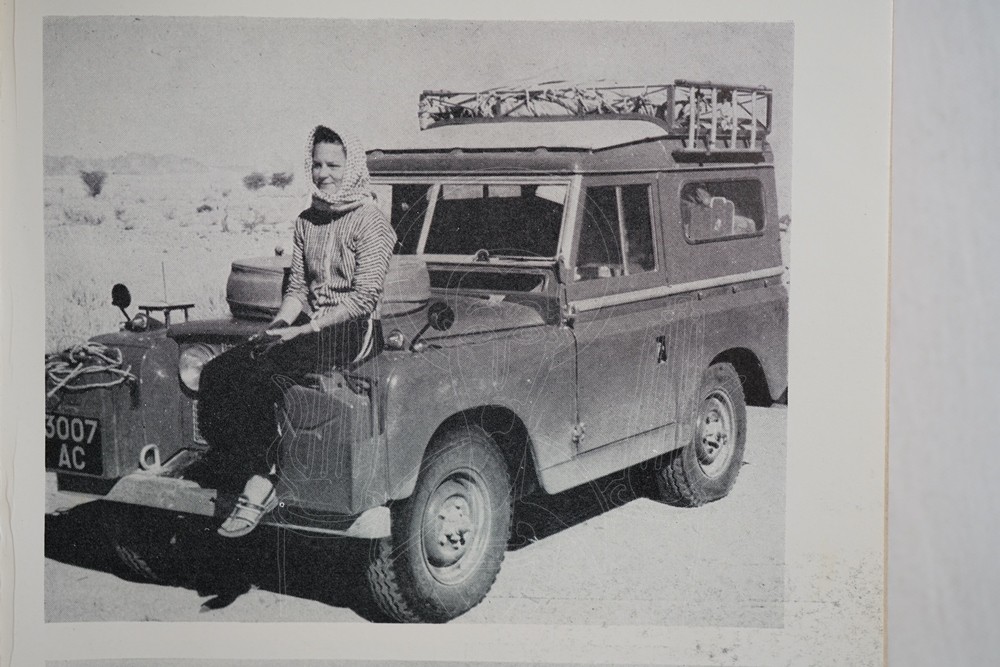
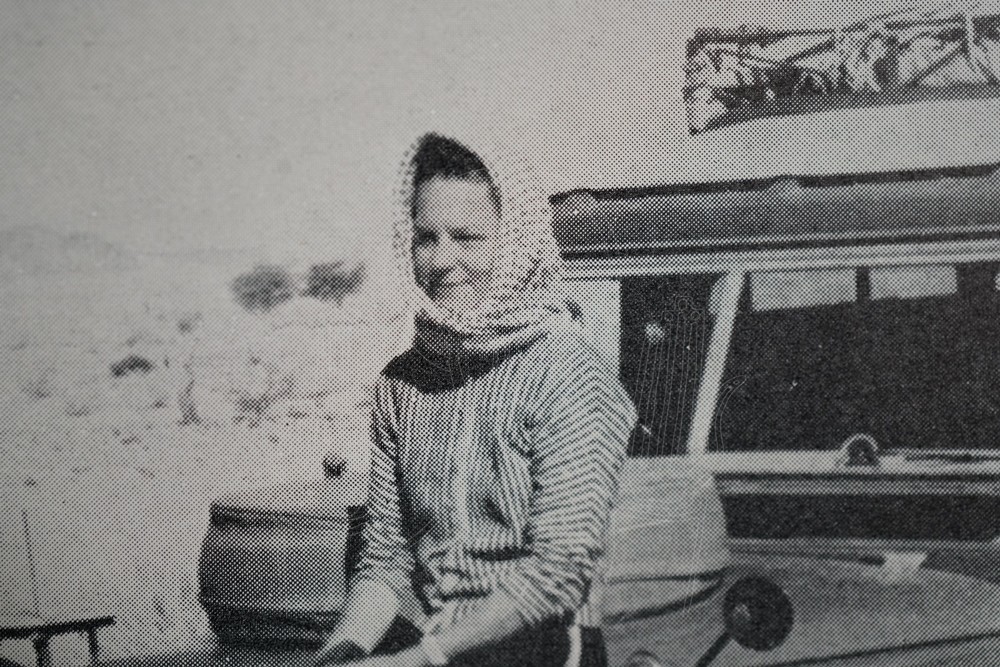
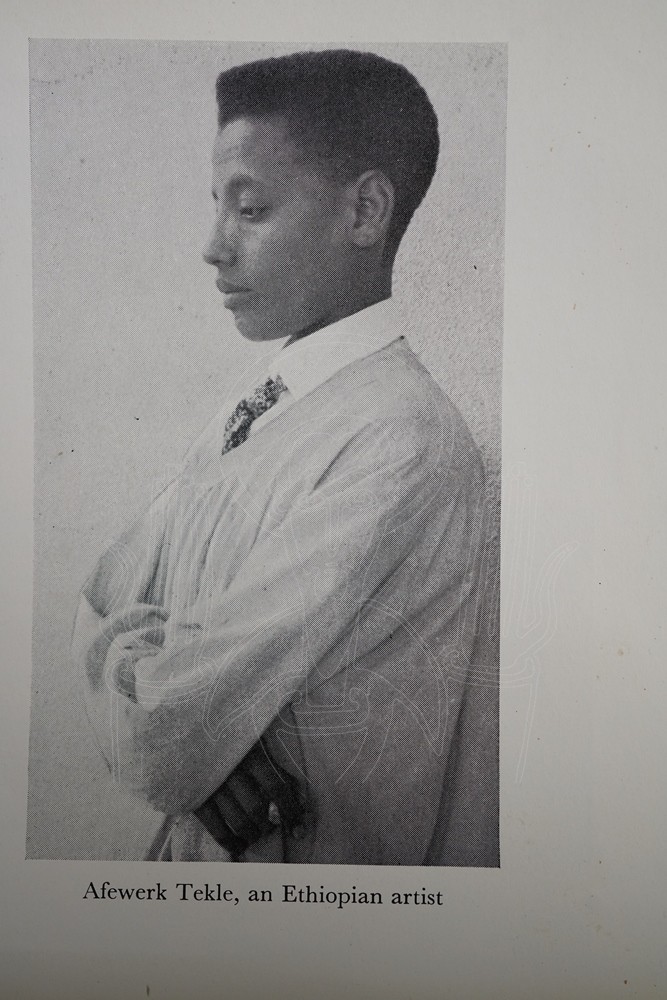
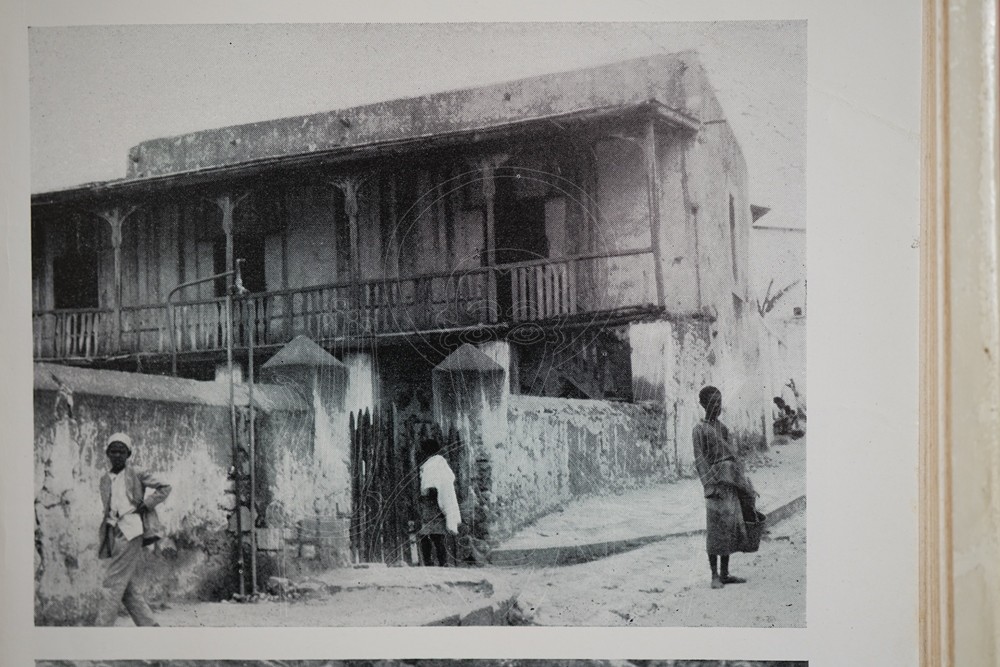
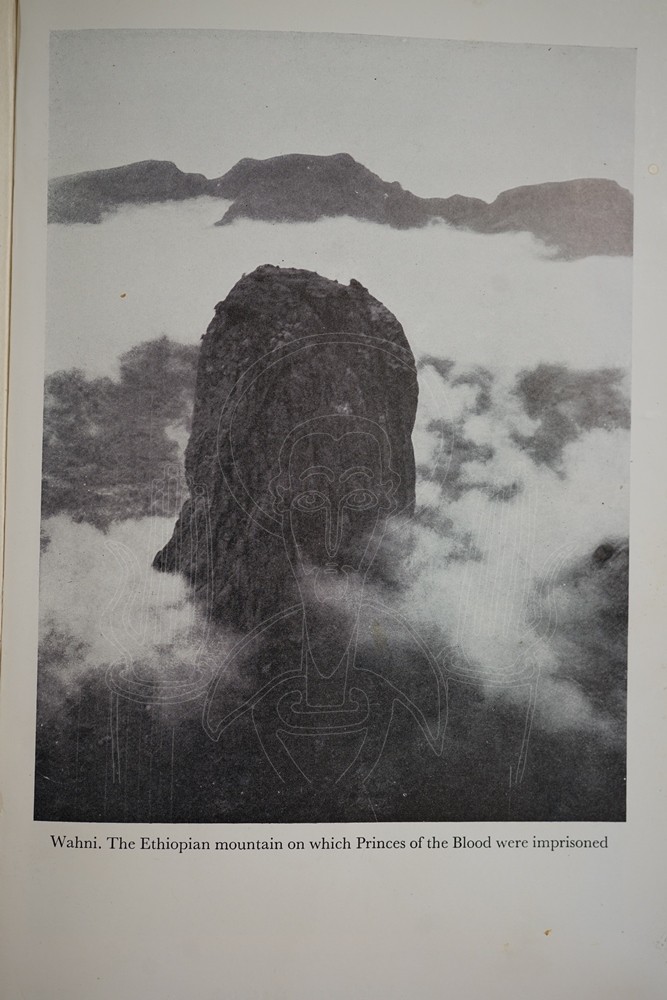
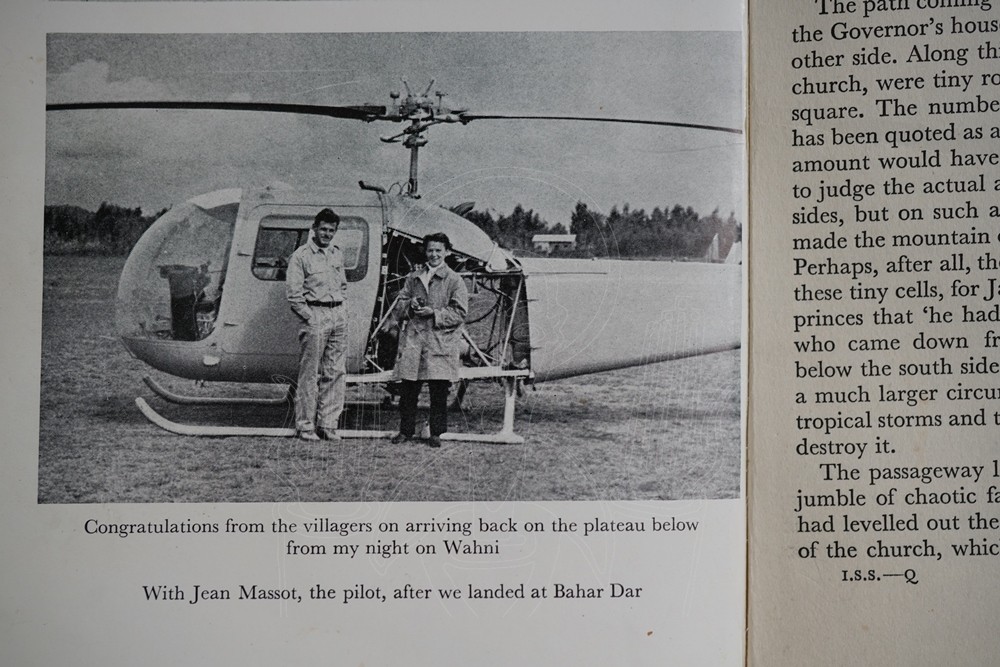
Édition
Éditeur : John Murray
Lieu : London
Année : 1961
Références
Réf. Biblethiophile : 003463
Réf. Pankhurst Partie : 2
Réf. Pankhurst Page : 130
Réf. UGS : 0196000
Première entrée : 1960
Sortie définitive : 1960
COLLATION :
242 p., ill., map.
En savoir plus
This is the fifth of Barbara Toy’s journeys made alone with no schedule or sponsors. All her journeys previously have been in search of little-known places and peoples, but this time she went back three thousand years, looking for traces of one of the most elusive characters in history—the Queen of Sheba. She set off in her Land-Rover across the Sahara and made three attempts at a southern crossing by the unused Tibesti Mountain route: once with very odd chance companions, once alone, and finally by happy coincidence, with the « Colonel’s Convoy ». Her search took her across the Sahara, through the Congo and Uganda, down the Nile to Khartoum in the Sudan and finally to Ethiopia by the remote Eritrean border, and at the end she found herself mainly with queries. Did the Queen of Sheba come from Ethiopia, and is the Emperor of that magnificent country descended from her? Whether or not this is so, the spirit and independence of the Queen of Sheba still lives in the women of Ethiopia today.
Miss Toy’s book is full of strange and unusual encounters with people and unfamiliar places. In Ethiopia she travelled extensively in her Land-Rover despite warnings Chiftas (bandits). She crossed country with no roads, visited Rimbaud’s romantic city of Harar, the rock-hewn churches of Lalibela, the ancient capitals of Aksum and Gondar and the modern ‘New Flower’—Addis Ababa, the capital of Ethiopia today. One of the most remarkable of her exploits was being dropped by helicopter on to the top of Wahni, the volcanic mountainous tuft which was once a Prison Mountain of the Princes of Ethiopia, but uninhabited for the last two-hundred years. She spent the night there alone and found that the ruins still existed, evidence that it had indeed been used as a Royal Prison. She is the only European in the world to set foot on Wahni and took the only photographs ever procured of the ruins.
‘She has a gift for people: she has an eye for places.’ The Times
source: jaquette